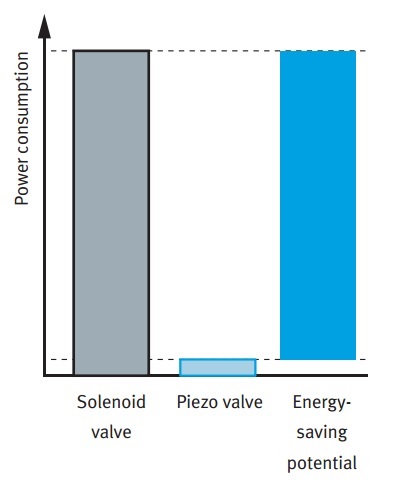SSZTCQ3 May 2015 DRV2700 , MSP430F5510
In 1880, French brothers Jacques and Pierre Curie discovered the piezoelectric effect, which is a phenomenon that exists in certain materials in nature. The word “piezo” is derived from the Greek “piezein,” which means to squeeze or press. “Piezoelectric” means electricity resulting from pressure. The next year, Gabriel Lippman discovered the inverse piezoelectric effect: that pressure (or displacement) will result from electricity.
Over the next 100 years, many applications utilized this great phenomenon, including the production and detection of sound, circuit oscillators, ultrasonics, sonar, nanopositioning – even the everyday push-start propane lighter. These applications all use a piezoelectric transducer as either the sensor (piezoelectric effect) or the actuator (inverse piezoelectric effect).
As with any system, blocks are chosen for their key benefits over other methods of implementation. Piezo transducers have benefits pervasive to almost every application; however, they aren’t always implemented because of the baggage that comes with them (high voltage). Regardless of this baggage, the benefits can be extremely differentiating when compared to the widely accepted magnetic system (solenoid, speaker, motor). Some of these key benefits include:
- Low power.
- Proportionality.
- High bandwidth.
- Silent.
- Compact.
 Figure 1 Power Consumption for
Solenoid vs Piezo Valve, Labeled (a) and Power over Time for Solenoid vs
Piezo Valve, Labeled (b)
Figure 1 Power Consumption for
Solenoid vs Piezo Valve, Labeled (a) and Power over Time for Solenoid vs
Piezo Valve, Labeled (b)Eliminating the Baggage
Capturing all of these benefits into current systems has its challenges. Most piezos in the market require a high voltage (50-1kV) to couple with the desired range of mechanical motion. Sensing this voltage is as simple as a basic voltage divider; however, driving this high voltage linearly is the real hurdle. So far, these systems have typically been designed using large, complex discrete solutions. There’s a great opportunity for integration into a single chip.
TI just released the DRV2700, intended for high-voltage industrial piezo driver applications. This device was made for stressing your piezo. Since most piezo systems tend to be very mechanical, two evaluation modules (EVMs) will help eliminate the struggles of the electrical design from these mechanical systems.
Both EVMs come with an onboard ultra-low-power MSP430F5510 microcontroller (MCU) with USB and downloadable graphical user interface (GUI) to help prototype current piezo applications and promote future applications. This new integrated solution not only demonstrates the benefits of piezo actuators over solenoid, but also provides a typical solution size reduction of 90% over discrete solutions.
Additional Resources
- +/-100V piezo driver in boost + amplifier configuration EVM.
- 0-500V piezo driver in flyback configuration EVM.
- Learn more about the key design features, requirements and applications on the DRV2700 product page.